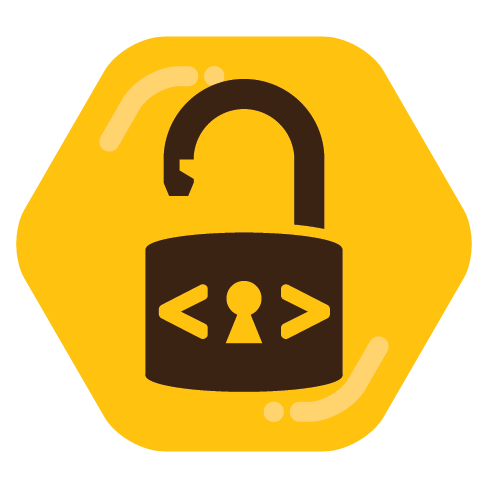

Does what work? If you mean GMS sandboxing, that is ROM specific. Up to what the ROM supplier does.
Why would one need another ROM. GrapheneOS is one of the best. So is Google hardware in terms of lifetime cost, capability, and security. What other supplier gives 7 year support?
Generally with android it is best to choose the ROM and then the best hardware for it anyway. The best ROMs often have limited hardware support. There are not that many reasonable ROMs anyway. Nor are there many hardware choices that aupport most ROMs fully.





Generally too one should not be using same hardware for work and personal use anyway for so many reasons.
Plus it kind of goes without saying, choose the OS based on the apps and the hardware based on the OS.